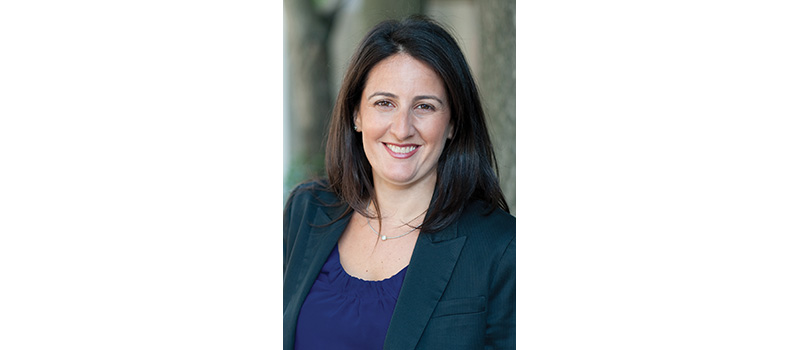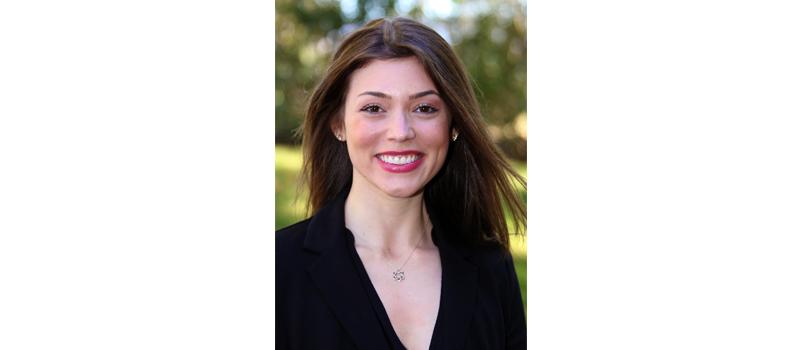by Rabbi Sari Laufer
Tradition teaches us that the very first thing we are supposed to do after the close of Yom Kippur is begin building the sukkah, the temporary structure in which we will eat, sing, and gather over the course of the Sukkot holiday.
Among the commandments of this holiday—to eat in the sukkah, to shake a lulav and etrog, to see the stars through the roof, there is also a custom of welcoming ushpizin and ushpizot—honored guests—into our sukkot. If you heard me speak over the High Holy Days, it might not surprise you that this is a custom I love, and encourage you to embrace this Sukkot! Whether we are inviting family, friends, or even new acquaintances into our sukkah, the holiday—and its themes—offer us a wonderful opportunity to welcome people into our lives and reflect on the blessings of friendship and community.
Speaking of welcoming, we want to take a moment to say shalom to those of you who are, perhaps, reading this email for the first time. We are so glad you chose to join us for our High Holy Day worship experience, and we look forward to more chances to connect and share our Wise community with you. Inside this email, you’ll find a lot of those opportunities, but do not hesitate to reach out to me if you are looking to connect more deeply. Perhaps you will start over these next days, with so many wonderful ways to celebrate Sukkot in OUR neighborhood—on the Wise campus.
The last commandment given for the holiday of Sukkot teaches us that we are to be ach sameach, that we are to be nothing but happy—that we are supposed to feel nothing but joy. We move, in just a few short days, from the deep introspection of Yom Kippur to the celebration and unbounded joy of Sukkot. It can feel abrupt; perhaps it seems a jarring emotional transition. But, it strikes me every year that the command to be ach sameach, appears only during Sukkot. Not Passover, when we are gathered around a table with friends and family. Not Shavuot, when we stand together to receive Torah. Not Rosh Hashanah, the birthday of the world. No, the command is given on Sukkot, when we are sitting there, exposed, out in the open. It seems no coincidence that we must be able to be happy—that we are obligated—to be happy, when the rain is falling, when we are at our most vulnerable, when the very structure surrounding us could collapse.
And, that, I think, is the connection—the lesson, the thread that is supposed to bring us from Yom Kippur into Sukkot. Rabbi Nachman of Bratslav taught that finding true joy is the hardest of all spiritual tasks. To find joy, to truly be ach sameach, requires the stripping down of Yom Kippur. To find joy, to be ach sameach, requires us to be vulnerable—just as we are in the sukkah. As my friend and teacher, Rabbi Danya Ruttenberg writes:
Yom Kippur peels all your protective layers and helps you enter that joy, Sukkot says, hey, don’t rush to reinstall that armor, hang out, vulnerable, in this fragile hut and discover that you can hold this open joyful space for longer. You’re ok. Stay here. Make joy a habit.
With early wishes for a chag sameach—a happy, joyful, and blessed Sukkot holiday.



